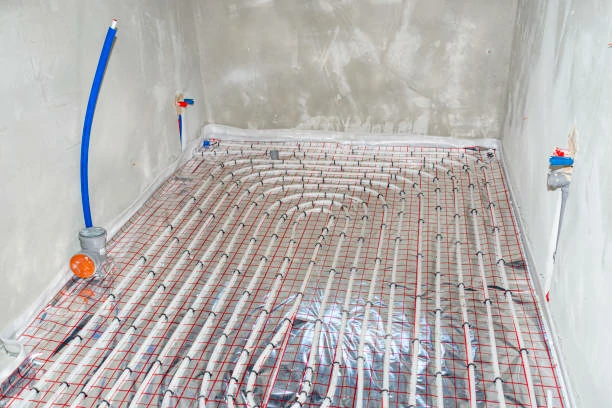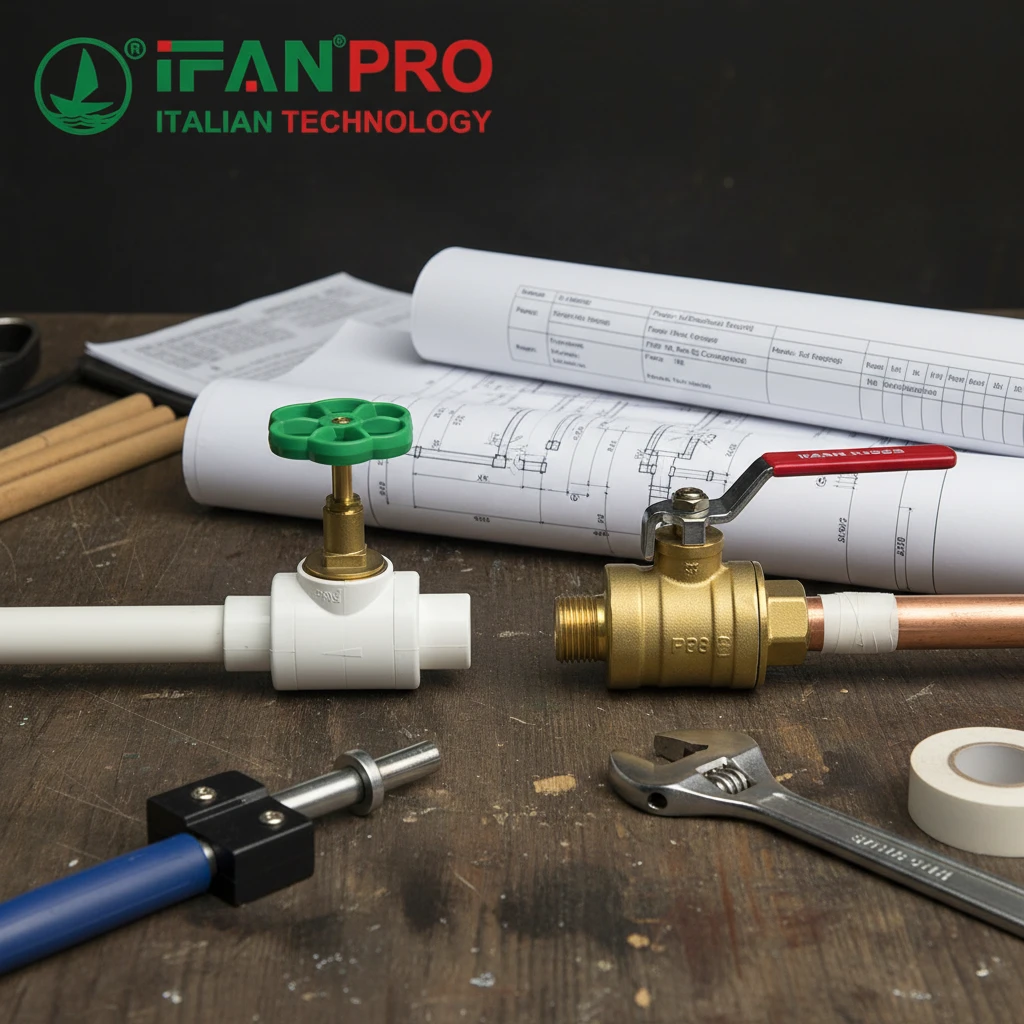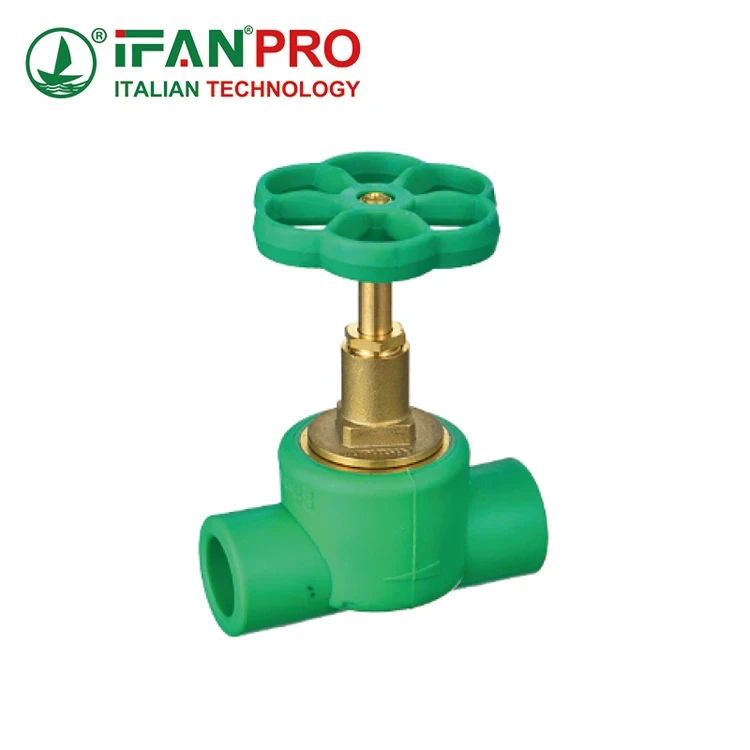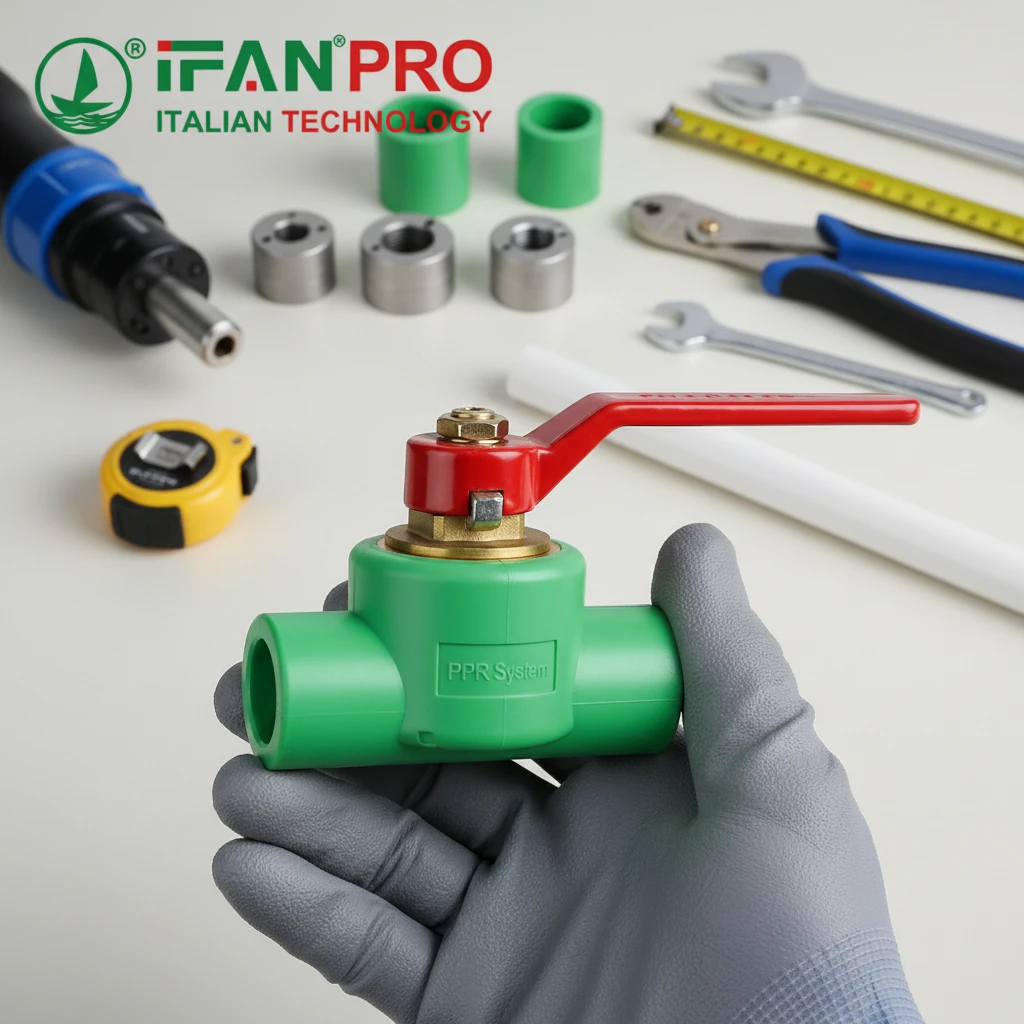Underfloor heating systems have gained popularity in modern homes due to their efficiency and comfort. These systems rely heavily on the durability and pressure resistance of the pipes used. Understanding the importance of pressure resistance in underfloor heating pipes is crucial for ensuring the system’s long-term performance and safety.
The Role of Pressure Resistance in Underfloor Heating Systems
In an underfloor heating system, pipes circulate heated water throughout the floor to provide even warmth across the room. These pipes must endure varying levels of pressure, especially in larger systems or multi-story buildings where water needs to travel long distances or ascend to higher floors. Without adequate pressure resistance, pipes could fail, leading to leaks, inefficient heating, or even complete system breakdowns.
Material Choices and Their Impact on Pressure Resistance
The material of the pipe significantly affects its pressure resistance. Common materials for underfloor heating pipes include cross-linked polyethylene (PEX), polybutylene (PB), and polyvinyl chloride (PVC). Among these, PEX pipes are often favored due to their excellent pressure resistance and flexibility.
PEX pipes undergo a process called cross-linking, which strengthens the polymer chains, making the material more resistant to high pressures and temperatures. This process ensures that PEX pipes can maintain their integrity even under the stress of a pressurized heating system. Additionally, PEX pipes have a smooth inner surface, reducing friction and minimizing pressure loss within the system.
Polybutylene pipes, another popular choice, also offer good pressure resistance, though they lack the cross-linking process that enhances PEX pipes. PB pipes provide sufficient durability for many underfloor heating applications but may not perform as well under extreme pressure conditions.
PVC pipes, though used in some underfloor heating systems, generally offer lower pressure resistance compared to PEX and PB pipes. Their rigid structure and lower flexibility make them more susceptible to cracking under high pressure, especially in systems where temperature fluctuations occur frequently.
Factors Affecting Pressure Resistance in Underfloor Heating Pipes
Several factors influence the pressure resistance of underfloor heating pipes. These include the pipe’s diameter, wall thickness, material composition, and the overall design of the heating system.
- Pipe Diameter: A larger pipe diameter typically results in lower pressure resistance. Smaller diameter pipes can withstand higher pressures but may restrict water flow, potentially reducing the system’s efficiency. Selecting the appropriate pipe diameter involves balancing pressure resistance with the system’s heating requirements.
- Wall Thickness: Thicker walls generally enhance a pipe’s pressure resistance. Pipes with thin walls may offer greater flexibility but can be more vulnerable to pressure-related damage. Choosing a pipe with the right balance between wall thickness and flexibility is essential for maintaining both pressure resistance and ease of installation.
- Material Composition: As mentioned earlier, the material composition of the pipe plays a critical role in its pressure resistance. PEX pipes, with their cross-linked structure, offer superior resistance compared to other materials. The selection of material should consider not only pressure resistance but also factors like temperature tolerance, chemical resistance, and longevity.
- System Design: The design of the underfloor heating system also impacts the pressure resistance of the pipes. Properly designed systems ensure even pressure distribution throughout the pipes, reducing the risk of localized pressure spikes that could cause pipe failure. Installing pressure relief valves and expansion tanks can further help manage pressure within the system.
Testing and Standards for Pressure Resistance
Manufacturers of underfloor heating pipes conduct rigorous testing to ensure their products meet the necessary pressure resistance standards. These tests simulate the conditions the pipes will face during operation, including high pressure, temperature variations, and long-term stress.
Pressure resistance testing typically involves subjecting the pipes to pressures higher than they will encounter in normal use, ensuring a safety margin. These tests help verify that the pipes can withstand the demands of an underfloor heating system without compromising performance or safety.
Standards organizations, such as the International Organization for Standardization (ISO) and the American Society for Testing and Materials (ASTM), provide guidelines for testing the pressure resistance of underfloor heating pipes. These standards ensure consistency and reliability across different products, giving consumers confidence in their choice of pipes.
Importance of Proper Installation for Maintaining Pressure Resistance
Even the highest-quality pipes can fail if not installed correctly. Proper installation practices are essential for maintaining the pressure resistance of underfloor heating pipes.
- Avoiding Sharp Bends: Sharp bends in the pipes can create stress points that reduce pressure resistance. Installers should use gentle curves and avoid tight angles when laying the pipes.
- Securing Pipes Properly: Pipes should be securely fastened to prevent movement under pressure. Loose pipes can shift and create weak points where pressure can build up.
- Maintaining Correct Pipe Spacing: Ensuring even spacing between the pipes helps distribute pressure evenly throughout the system. Uneven spacing can lead to localized pressure increases, which may cause damage over time.
- Using Appropriate Fittings: The choice of fittings and connectors also affects the pressure resistance of the system. High-quality fittings that match the pipe material and size are essential for maintaining a secure, pressure-resistant connection.
Long-Term Performance and Maintenance
Regular maintenance plays a vital role in preserving the pressure resistance of underfloor heating pipes. Over time, pipes may experience wear and tear due to continuous exposure to heat and pressure. Regular inspections can help identify potential issues before they lead to more significant problems.
Maintenance should include checking for signs of leaks, inspecting fittings and connections, and ensuring the system’s pressure remains within the recommended range. In systems using water with a high mineral content, descaling may be necessary to prevent blockages that could increase pressure within the pipes.
Conclusión
The pressure resistance of underfloor heating pipes is a critical factor in ensuring the efficiency, safety, and longevity of the entire heating system. By selecting the right materials, adhering to proper installation practices, and conducting regular maintenance, homeowners and installers can enjoy the comfort of underfloor heating without worrying about system failures due to pressure issues. Understanding and prioritizing pressure resistance will lead to a reliable and long-lasting underfloor heating solution.
Conectar
IFAN es un fabricante chino de tuberías, accesorios y válvulas de plástico con 30 años de experiencia. Si está interesado en IFAN accesorios de cobre, válvulas de cobre, tuberías y accesorios de plástico, póngase en contacto con nosotros. IFAN le ofrece una variedad de tuberías estándar para satisfacer sus necesidades específicas. Haga clic a continuación para obtener más información sobre la amplia gama de productos de válvulas y productos relacionados con sistemas de tuberías asequibles y rentables de IFAN.
Responderemos a su correo electrónico o fax en 24 horas.
Puede llamarnos en cualquier momento si tiene alguna duda sobre nuestra producción.
Para más información, visite nuestra página web https://ifanpro.com/
Pls Mailto: [email protected]
Whatsapp: + 86 19857948982














Comentarios recientes